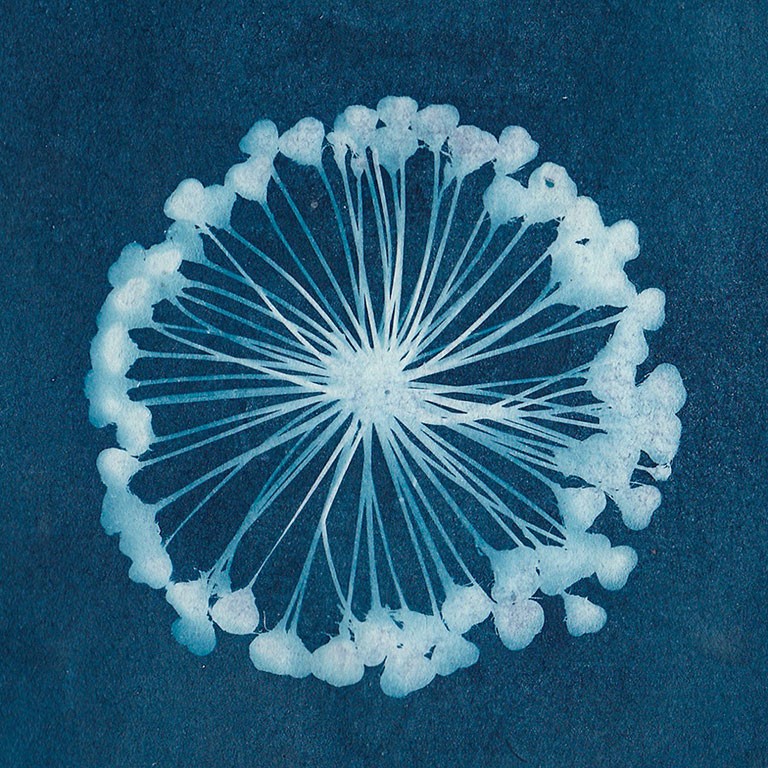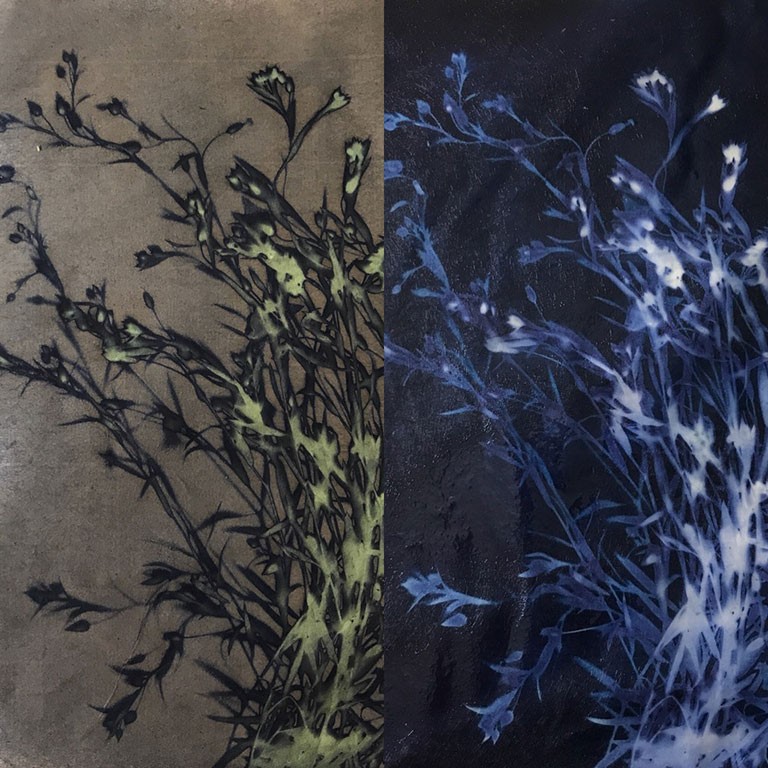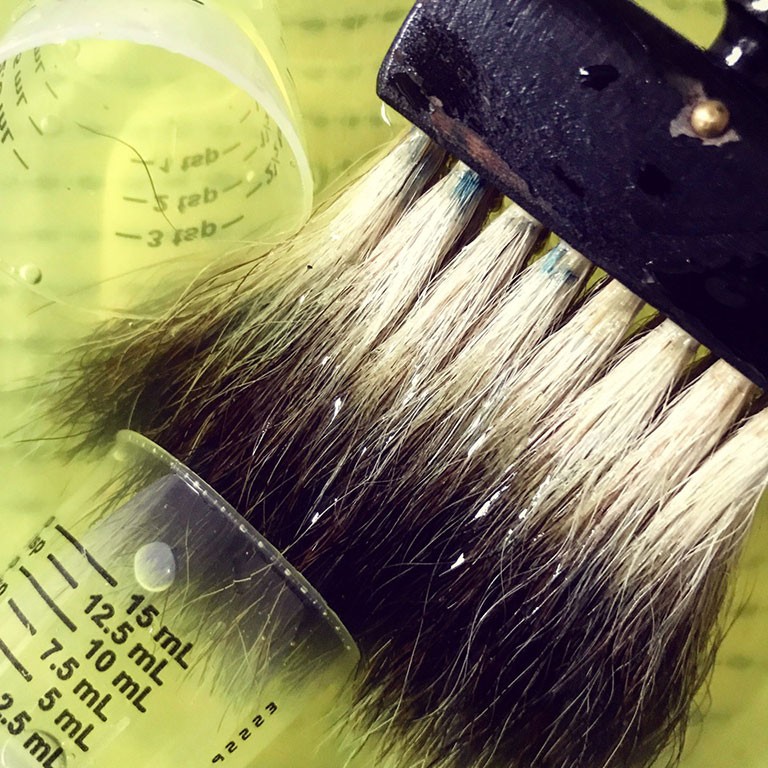Leonard will also lead a cyanotype workshop on April 7 from 12 to 3 p.m., allowing people to create their own cyanotypes that they can take home with them.
“The beauty of cyanotype is its simplicity,” says Leonard.
The chemicals used are non-toxic and can be safely washed away in natural water sources. Moreover, the materials are low-cost and there is little chance of failure in producing the photographic image, making cyanotype ideal for beginners.
The ease of the process is part of what made Leonard’s project so appealing to the CCGV, as their mandate includes a commitment to make art accessible to amateur artists and the general public.
“The way she approaches art, in terms of technique and themes… that is something that a lot of people can connect with,” says Hanieh Ziaei, interim Director of CCGV.
‘An opportunity for students to connect their work with the public’
The annual Bourse Concordia-CCGV recognizes outstanding artistic achievement and teaching potential of graduate students in the Department of Art Education, as well as a shared commitment to community outreach on the part of the CCGV and the department.
“It’s an opportunity for students to connect their work with the public,” says Vaughan.
Vaughan adds that the seasonal timeliness of Leonard’s exhibition, entitled Blooming Period, with its focus on new growth, environmental justice and plant life in the city also helped her clinch the prize.
Beyond the educational component, Ziaei says the CCGV wants to emphasize the exhibition space they have available for emerging artists.
“Sometimes young artists, when they try to find space, people say you can come here for one week or 10 days, it’s not enough because you put in a lot of energy, a lot of time,” she says. “They deserve to have a space for a longer period, at least three to five weeks.”


 Colleen Leonard, Allium.
Colleen Leonard, Allium.
 Colleen Leonard, process.
Colleen Leonard, process.
 Colleen Leonard, chemical.
Colleen Leonard, chemical.